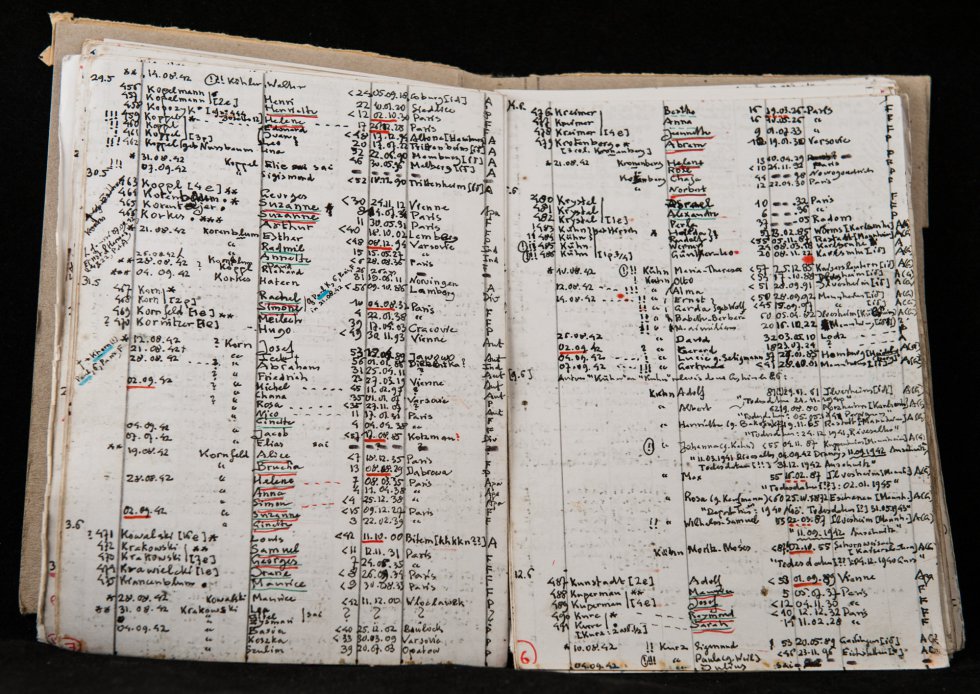In this series I’ll mention some books I found entertaining, stimulating or comforting during these Corona times. Read them at your own risk.
An Absolutely Remarkable Thing (AART for the fans) by Hank Green came out in 2018, and recently I reread it when its sequel A Beautifully Foolish Endeavor appeared last summer.

“Protagonist April May discovers a large robot sculpture in Midtown Manhattan. She and her friend Andy Skampt decide to film it and post the video online, which goes viral and makes April an overnight celebrity. All over the world identical structures—known as “Carls”—have appeared in major cities at exactly the same time.” (Wikipedia)
Here’s an artist’s impression of said video, followed by the ‘Queen sequence’ (one of many puzzles in the book). On an audio fragment a faint trace of Queen’s “Don’t Stop Me Now” is heard, and April discovers the code “IAMU” after fixing a series of typos in the Wikipedia article about that song.
Three reasons why you might want to read this book now:
- It’s about the dangers and pitfalls of social media and online fame. (Something Hank Green is familiar with as he runs with his brother the YouTube channel Vlogbrothers.)
- It’s about a global pandemic. (Not caused by a virus, but by a contagious dream, containing 4096 ‘sequences’=puzzles, each resulting in an HEX-sequence to be combined into a vector-image.)
- It’s about the consequences of hate speech. (It’s hard not to draw parallels between ‘Peter Petrawicki’ and a former president, and between the actions of the ‘Defenders’ and the events of January 6th.)
AART doesn’t end well for April May, and it was hard to image Hank Green ever writing a sequel without doing a Bobby Ewing shower scene (showing my age here). And yes, the book ends with a two word text message from April: “Knock Knock”.

The sequel ‘A Beautifully Foolish Endeavour’ is perhaps even more enjoyable than AART. The Dream is now replaced by a Magic Book, and the storytelling (at first) no longer done by April herself but by her four evangelists (Maya, Andy, Miranda and Robin), Green’s very own Mamalujo so to speak.
Leave a Comment
